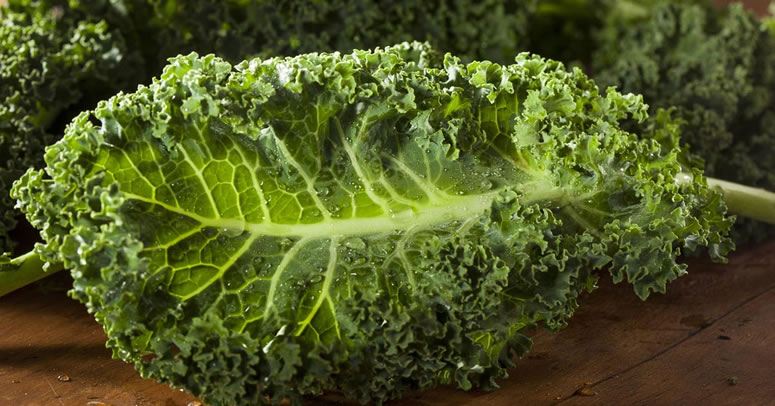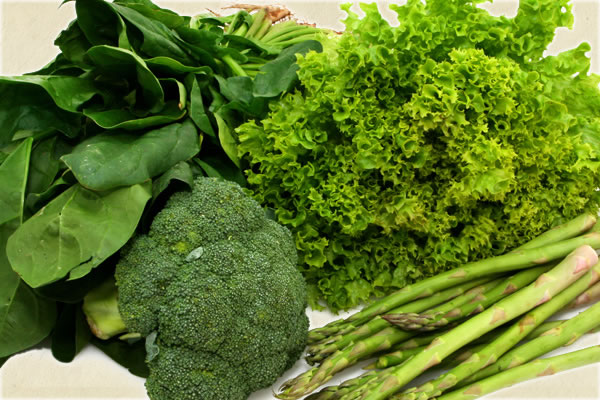What Greeks and Southerners Already Knew: Green Superfoods are Great
When Americans think of eating their greens, it often calls to mind imagery of a child stuck at a table, begrudgingly pushing his lima beans around the plate. However, certain types of greens, particularly the leafy variety, have been known and loved by people in the Mediterranean, as well as the Southern US, for ages. The popularity of greens has recently surged, and it’s no wonder why. When prepared properly, they’re incredibly delicious. Moreover, many of them have achieved superfood status, because they’re healthy, as well as packed with antioxidants and other nutrients.

Greek Green Superfoods
Traditionally, the Greeks have had modest lifestyles. Early people foraged and collected horta wherever they could. During the rainy, winter months, women and men would head out to the mountains and hills which surrounded their villages. They’d collect their greens in baskets, and often take care to only gather what they needed. Many of the naturally-growing varieties have deep root systems, which allow the plant to spring back to life later, if only the leaves are harvested. Information on which ones were best to use in various dishes would be passed down within families, as certain varieties of horta are best suited for salads, boiling, or casseroles. Those which were made into salads were left largely unadorned, perhaps paired with olives, olive oil, or lemon, with a slice of bread on the side. When horta was boiled, the broth was saved for later dishes or served as a drink. This practice is continued by some traditionalists today. A few of the most popular types of Greek horta include:
- Arugula
- Borage
- Bulbs
- Cabbage
- Chard
- Chicory
- Dandelion Greens
- Fennel
- Kale
- Leeks
- Mustard Greens
- Parsnip
- Silene

Photo courtesy of DietNutritionAdvisor.com
Southern Green Superfoods
It’s not known what caused a love for greens in the Southern US, but it’s clear that it exists. Some sources indicate that slaves originally brought the seeds over with them, but it’s more likely the plants were already here. Other legends suggest that early Americans were taught to live off the land by Native Americans, and that this is where greens came in. Most historians, however, seem to agree that the plants grew naturally down south, but that many of the classic recipes were created by slaves. Like the Greeks, southerners often boiled their greens, either drinking the broth or using it as a dipping sauce. One of the most traditional dishes is a mixture of greens, which is slow-cooked with black-eyed peas, ham, and vinegar. It’s also a customary New Year’s dish, and it’s said that those who dine on it that day will have a year of good luck. Although there is some overlap in the type of greens both Greeks and southerners dine upon, a few of staples from the south include:
- Beet Greens
- Collard Greens
- Kale
- Spinach
- Swiss Chard
- Turnip Greens
Best of Both Worlds
While it’s not reasonable for most people to travel to the countryside to locate wild greens these days, many varieties can be found in traditional supermarkets, as well as farmer’s markets. They do require a bit of preparation, but it’s well worth the effort. A mixture of both southern cuisine and Greek tradition is found in the following steamed greens recipe.
- 1 pound kale
- 1 pound collard greens
- 1 pound Swiss chard
- 2 tablespoons minced garlic
- 1/4 cup olive oil
- Salt and pepper to taste
Begin by washing the kale, collard greens, and Swiss chard thoroughly. Strip off the tough ends from the kale and collard greens, then coarsely chop the leaves and remaining soft stems. The Swiss chard needs only the stems cut off, but they can be cooked with the mix. Next, add the garlic, olive oil, salt and pepper to a large pot, and place it on the stove at medium heat. Rinse all the greens again, and add them to the pot, allowing whatever water remains on them to stay on for proper steaming. Mix everything together and stir every minute or two until the water is gone and the greens have sautéed properly. This can take anywhere from 5-10 minutes. The dish can be served as-is or dressed up with currants or pine nuts.
Many people discover a new love for greens after trying out this recipe. However, alternate combinations are innumerable and the results are wonderful when mixing concepts from cultures.

